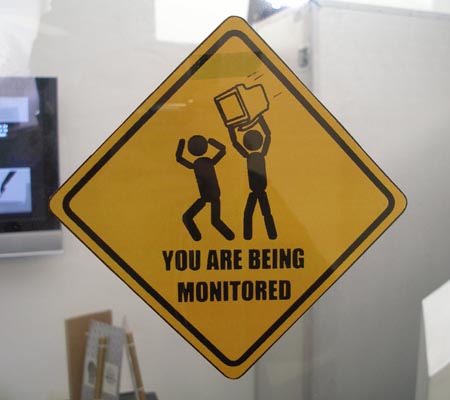The Basics
Team Fortress 2 Tower Defense will take the classic tower
defense genre and turn it into a fast-faced, multiplayer experience. Teams will
be broken up into two teams: "Runners" and "Defenders."
Like their titles suggest, Defenders will attempt to prevent the Runners from
reaching their goal. Runners will be restricted to scouts and Defenders will be
restricted to engineers.
Gameplay
Defenders place turrets to prevent the Runners from scoring.
Like in regular Team Fortress 2 play, the turrets require metal to build and
upgrade. Defenders will not be able to place supply stations, so the supply
stations will be provided already on the map. Turrets are Team Fortress classes
and are restricted by the level upon which they are placed on (see below). The
Upper Level can only be accessed by the Defender team. The Lower Level can be
accessed by both teams.
Upon starting a match, the Defenders will be allowed to set
up appropriately. After a short period of time, the Runners will be set loose.
The goal for the Runners is to reach specially marked areas that will reward
them with points. The further the distance, the greater the risk but the Runner
will earn more points for his team for reaching this further destination. Once
a runner reaches a goal or is killed, he will be teleported back to the spawn
for another attempt to score.
The match will consist of 2 rounds. After the first round is
completed, the Runners will become Defenders and the Defenders will become
Runners. Scoring can only take place when a team is playing as the Runners. Firing
will be enabled for both teams. Turrets can be destroyed. Engineers can kill
Runners and Runners can kill Engineers. Ammo will not be limited for either
team.
With smart, tactical placement of the turrets, the Defenders
have the potential to shut out the Runners completely. However, a complete
shut-out will not happen often because the Runners have access to multiple ways
of countering any turret combination through precise shooting, smart movements,
and even an all-out group rush.
Turret Behavior
Upper Level:
Soldier: Quick
Fire Rate, small Area of Effect Damage, smaller knockback
Sniper: High damage, low rate of fire, Piercing Bullets
Medic: Slows a single target, chance for temporary freeze
Demo: Mediocre Fire Rate, Large Area of Effect Damage
Sniper: High damage, low rate of fire, Piercing Bullets
Medic: Slows a single target, chance for temporary freeze
Demo: Mediocre Fire Rate, Large Area of Effect Damage
Lower Level:
Heavy: High
health, low damage.
Pyro: Low
Health, High Damage in a cone in front of the turret.
Spy: Invisible
to Runners, kills any Runner that passes through this turret.



